2020 Jeep Gladiator Mojave Review - Meant for the Desert, at Home in the City

2020 Jeep Gladiator Mojave Fast Facts
Jeep sent me a desert-running rig, and I took it to the grocery store.
Let’s back up a bit. Jeep introduced the Gladiator Mojave at the 2020 Chicago Auto Show, with the intent of this trim being meant for blasts across the desert, while still being as capable as any Gladiator, if not more so, on a rocky trail.
I was all set to join others in the automotive media on a junket to drive the Mojave, almost certainly in the actual desert, in Southern California this spring. Then the world shut down.
So when a Mojave darkened my door during the height of Covid cases in my state, I knew I couldn’t do much other than some freeway runs and a trip or two to the store. An off-road park in a neighboring state, three hours away, was open, but the logistics of visiting during the pandemic were just too challenging, so I bagged that idea.
Which is a shame. Hopefully, when the world moves to whatever the post-pandemic normal is, I’ll get to wheel a Mojave in the intended environment and report the experience back to you. Still, most buyers will spend a lot of time on pavement, so my time with the truck still instructive.
The first thing I noticed was the steering. While still truckish in nature, with the need for a fair amount of corrections, it was better than the Gladiator I tested in 2019. Which surprised me, given the desert-duty wheel and tire setup.
I gave Jeep PR a buzz and was told that it was possible that the Mojave’s shocks (more on them in a bit) also helped with on-road ride. In addition to making the truck desert-rated, Jeep also tweaked the Gladiator’s steering across the board. The improvement was noticeable, although again, corrections aplenty were still needed.
[Get Jeep Gladiator pricing here!]
While the on-road ride was better than expected, even on the freeway, that really only applied to stretches of road that were blemish-free. Pock-marked pavement, expansion joints, potholes – all changed the game. The Mojave did, for the most part, answer these challenges nicely, but still in a truck-like manner. Off-road shocks may have improved on-road comfort, but you don’t forget you’re driving a truck. “Car-like” it is not, but the level of comfort is good relative to this truck’s mission and wheel/tire combo.
Those shocks are FOX 2.5-inch internal bypass units, tuned to resist bottoming out when blasting through the dunes at high speed. Internal passages allow fluid to bypass the piston, via regulated ports, as the piston moves up and down. There are front and rear external reservoirs to keep the shocks cool and the fluid is “military grade” — apparently, the same stuff used in off-road-racing shocks.
I wasn’t able to take the Mojave apart to verify that, nor did I come close to putting the shocks through the extremes of a desert run. But hey, they made the truck more relaxed on Lake Shore Drive than I’d have guessed.
Front hydraulic jounce bumpers also work to increase damping. The Mojave’s track gets a half-inch increase to accommodate the shocks. The frame and axle are reinforced, and the front suspension is lifted an inch. There’s a front skid plate, and standard rubber is 33 inches. The standard tires are all-terrain, but mudders are available. There’s also skid plates for the transfer case and the fuel tank.
The four-wheel-drive system carries a two-speed transfer case with a 2.72:1 low-range gear ratio, heavy-duty Dana front and rear axles with a 4.10:1 axle ratio, and a standard electronically-locking rear diff. The system is meant to allow higher-than-normal operating speeds in 4LO in order to better climb dunes and take part in other desert-specific off-road activities.
An Off-Road Plus drive mode allows the driver to adjust the throttle, transmission shift points, and the traction-control system to better adjust to the terrain. Late builds of the Mojave will include the ability to lock the rear axle at higher speeds while in 4H.
For those worried about very low-speed activities, the approach angle is 44.7 degrees; the breakover angle 20.9 degrees. Ground clearance is 11.6 inches and departure angle is 25.5 degrees. Payload is rated at 1,200 pounds and towing capacity is rated at 6,000 pounds, with trailer-sway control included as standard kit.
Mojave’s off-road goodies are what allows it to be called “desert rated” by Jeep. That’s a different version of the brand’s “trail rated” designation, meaning the truck is qualified, by Jeep’s own standards, to be a desert runner.
Underhood is the stalwart 3.6-liter V6, making 285 horsepower and 260 lb-ft of torque. You can get a six-speed stick, but my test loaner came with the available eight-speed automatic. The crawl ratio is 57.3:1 for the manual and 52.6:1 with the slushbox.
Like other Gladiators, the Mojave isn’t fleet of foot. Flooring the pedal brings about more noise than thrust. There’s just enough power on tap for freeway merging, although I’d still recommend planning your two-lane passes with care and patience. Jeep marketing copy speaks a lot about high-speed desert running, but it doesn’t mention that accelerating up to that speed won’t break the stopwatch.
Checking the Mojave option box won’t change much inside. You’ll get front-seat bolstering that’s more aggressive, plus a choice of cloth or leather. There are two interior color options, and the steering wheel has minor differences, such as the stitching. It’s meant to offer more grip, too.
Otherwise, the interior retains the Gladiator look, which is generally attractive. Controls are within easy reach and easy to use. The hardtop may quell more noise than a soft top, but the cabin will still be louder than other trucks.
Outside, a hood scoop (decorative), Mojave decals and badging, 17-inch wheels, side rails, and orange tow hooks distinguish the Mojave from the rest of the line. Like with the Rubicon trim, a forward-facing camera is available to help with off-roading.
The Mojave bits add some panache to an already solid styling package. The Gladiator already looks great, but the extra flair and 33-inch tires show it means business.
Jeep’s Gladiator Mojave is a top-trim truck, just like the Rubicon. Both have the same base price. So it follows that the standard feature list is long, and that with options boxes ticked, this truck rang the register at more the $60K. For a midsize, that’s eye-popping.
Options included leather-trimmed seats ($1,495, also included rear cupholder armrest, full-length console, and leather wrapping for the parking brake and shift handle), Trailer-Tow Package ($350, Class IV receiver hitch, heavy-duty engine cooling), Cold Weather Group ($995, heated front seats, heated steering wheel, remote-start system (auto only)), Premium LED Group ($1,045, LED lighting, including fog lamps), and 8.4-inch Radio and Premium Audio Group ($,1695, UConnect infotainment, navigation, 8.4-inch display, Alpine audio, satellite radio, auto-dimming rear-view mirror).
We’re not done. There’s more: Jeep Active Safety Group ($895, rear-park assist, blind-spot and cross-path detection), adaptive cruise control with forward-collision + ($795, adaptive cruise control with stop and full-speed forward collision warning plus), hardtop headliner ($555), cargo management system ($895, in-bed A/C outlet and underseat locking storage), rollup tonneau cover ($595), the eight-speed gearbox ($2,000), body-color three-piece hardtop ($2,295, rear-sliding window, rear defroster, storage bag), step assist ($1,050), wireless Bluetooth speaker ($295), 17-inch gloss black wheels ($995), spray-in bedliner ($495), and forward-facing trail cam ($595).
That’s $62,410 after $1,495 in destination fees, and not every option was selected. Yikes.
That’s serious dough for a serious machine. I wish I could have used it for its intended purpose. Then again, even the most dedicated dune runner will need to get to the trail, and will still use the truck to gather groceries and haul stuff in the bed.
For that purpose, the Gladiator Mojave is fine. If you never off-road, you can save a bundle of dough by buying a Gladiator in a lower trim, of course, but the Mojave doesn’t force major sacrifice upon you. It rides and drives acceptably well in an urban environment.
If you plan on using this truck the way it’s meant to be used, or you just like to have the top trim of everything, or you just like expensive toys, the Mojave doesn’t disappoint. For the rest of us, there are other Gladiators on offer.
[Images © 2020 Tim Healey/TTAC]

Tim Healey grew up around the auto-parts business and has always had a love for cars — his parents joke his first word was “‘Vette”. Despite this, he wanted to pursue a career in sports writing but he ended up falling semi-accidentally into the automotive-journalism industry, first at Consumer Guide Automotive and later at Web2Carz.com. He also worked as an industry analyst at Mintel Group and freelanced for About.com, CarFax, Vehix.com, High Gear Media, Torque News, FutureCar.com, Cars.com, among others, and of course Vertical Scope sites such as AutoGuide.com, Off-Road.com, and HybridCars.com. He’s an urbanite and as such, doesn’t need a daily driver, but if he had one, it would be compact, sporty, and have a manual transmission.
More by Tim Healey
Latest Car Reviews
Read moreLatest Product Reviews
Read moreRecent Comments
- Redapple2 I ve slept on it. I would take one on a 3 yr lease for $199/mo- ($1000 down total). Evil gm Vampire gave me this deal in 2012.
- 3SpeedAutomatic Would prefer a non-turbo with a stick shift. That would be more fun to drive!!🚗🚗🚗Also, I could teach my nieces and nephews to drive a standard. You'd be surprised how many folks can't handle a stick shift today. Yet, in Europe, most rental cars come with a stick unless you specify otherwise.
- Jeffrey Henry Ford said about innovation, “ If I had asked my customers what they wanted, then they would have said a faster horse." Change is inevitable!!!https://www.wri.org/insights/countries-adopting-electric-vehicles-fastest#:~:text=Currently%2C%2016%20countries%2C%20including%20Canada,create%20and%20enforce%20such%20policies.
- ToolGuy If these guys opened a hotel outside Cincinnati I would go there to sleep, and to dream.
- ToolGuy Michelin's price increases mean that my relationship with them as a customer is not sustainable. 🙁






















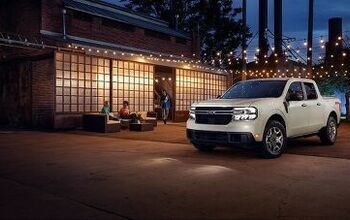
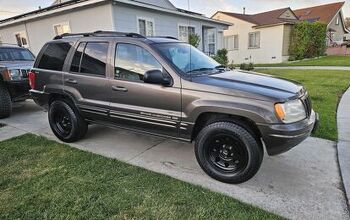

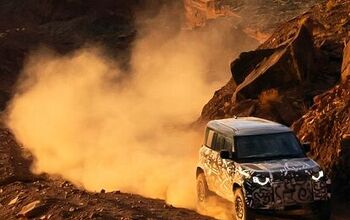
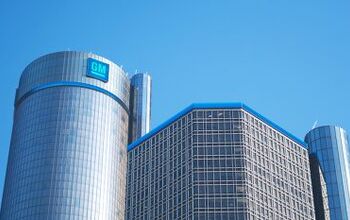

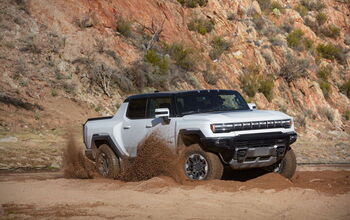
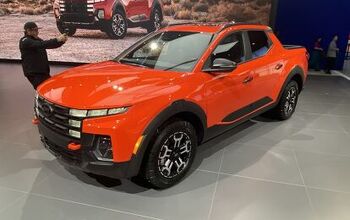
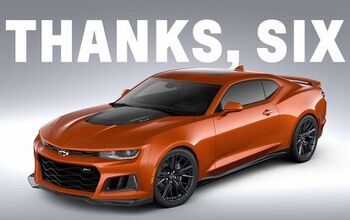
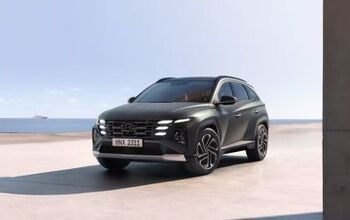
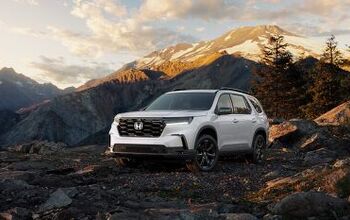
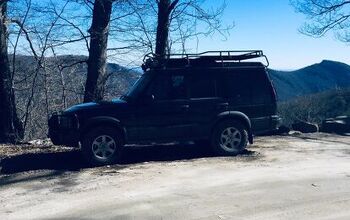
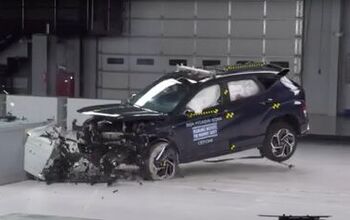
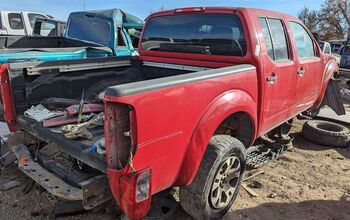
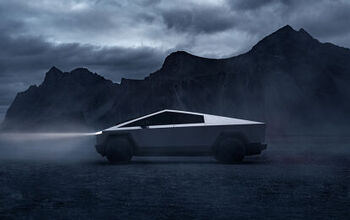
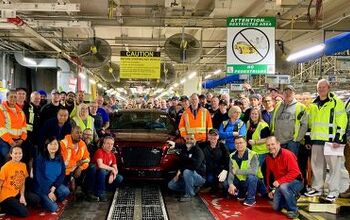
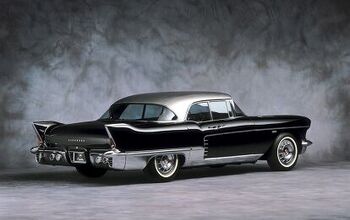
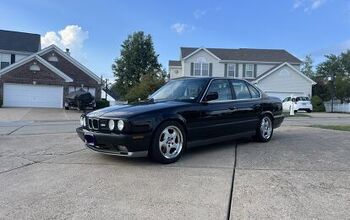
Comments
Join the conversation
Seems like Jeep is following the Porsche pricing model. Almost double the base price? Crazy.
This car really decorates my dreams ..